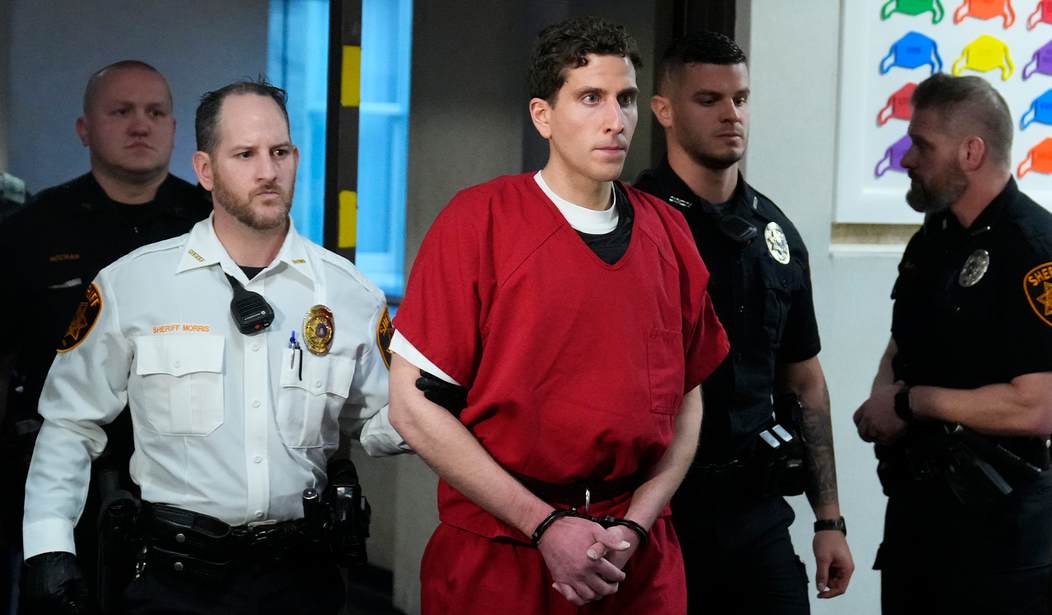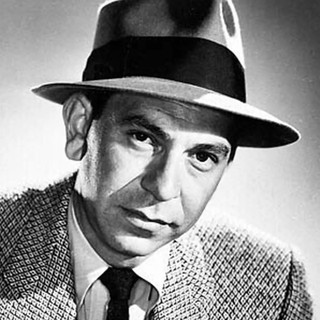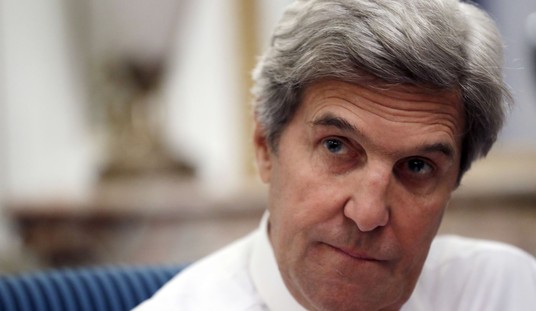I have not closely followed the story of Bryan Kohberger, the man accused of murdering four college students in Moscow, Idaho, last November. But, as is my habit, I listened to Megyn Kelly’s podcast on Tuesday, when she spoke with author and journalist Howard Blum, who has covered the case for Air Mail and is writing a book about it for Harper Collins. I accept Kelly’s characterization of Blum as being an authority on the investigation, with good sources and access to information not published elsewhere, but even capable, well-informed journalists can sometimes mistakenly cast the police as having bungled some aspect of an investigation. In a case as closely watched as this one, uninformed reporting has the potential to taint the jury pool and affect the eventual outcome.
I had this in mind when Blum spoke with Kelly about Kohberger being under FBI surveillance as he drove across the country with his father, heading from Pullman, Wash., where Kohberger was a student at Washington State University, to the family home in Pennsylvania. On Dec. 15, while driving through Indiana, they were stopped twice by police, first at 10:42 a.m. by a Hancock County sheriff’s deputy, and shortly thereafter by an Indiana state trooper. Why, Blum asked, had the FBI agents following Kohberger allowed those traffic stops to take place when doing so placed the deputy and trooper in danger?
Related: This Creep Goes to 11: Idaho Killer Had Pics of One Victim in His Phone
It’s not as simple as Blum would have you believe. Surveillance is one of the more challenging aspects of police work, with the involved personnel constantly trying to stay close enough to see the target and yet distant enough to avoid detection. Few cops ever achieve true proficiency at the craft, and given the stakes involved in following a suspected murderer in a high-profile case, the task facing the FBI surveillance squad following Kohberger was especially fraught.
The FBI has tremendous resources at its disposal when conducting surveillance, but contrary to what Howard Blum seems to believe, instantaneous communication with the police in every jurisdiction through which a target may conceivably pass is not among them. Consider: as Kohberger and his father headed east on I-70 through Indiana, there were strong indications he was responsible for the four murders, but police back in Idaho still lacked sufficient probable cause to make an arrest. All they could do was keep Kohberger under surveillance until that probable cause was developed.
But this placed the surveillance team in the uncomfortable position of watching the two traffic stops on Kohberger with the officers lacking knowledge of who they were stopping and the crimes of which he was suspected. Blum assumes there was some way for the surveillance team to intercede in those stops, either to prevent them or to warn the officers of the danger. There was simply no practical way to accomplish this. The stops were likely first witnessed by a single FBI agent, the one who at the time was “holding the eye” on Kohberger as the rest of the squad trailed along far behind. Or, as may have been the case, the stops were first seen by an agent in an airplane or helicopter flying miles away and watching via a long-range camera or binoculars while the ground units stayed well away.
As the marked police cars moved in behind Kohberger’s car and initiated the stops, there simply wasn’t time for the surveillance squad to determine which agencies they were from, which specific units they were, and then convey the information Blum thinks they should have. And even if the FBI had been able to establish contact with the officers before Kohberger pulled over, they had to consider the possibility that Kohberger was monitoring police radio traffic via a radio scanner or an app on his cellphone. Any discussion on the radio regarding Kohberger’s identity or what he was suspected of carried the risk of “burning” the surveillance and initiating a gun battle or a dangerous pursuit.
No, all the surveilling agents could do was watch and hope the officers making the stops would be tactically sound and handle things appropriately as they developed. Might Kohberger have fled, or tried to shoot the officers? Yes, but cops know that’s a possibility any time they pull someone over, no matter how innocuous the initial reason for doing so. We can be grateful both stops were uneventful, with the officers in both instances letting Kohberger go with a warning about tailgating.
Blum also expressed surprise that Kohberger, while under surveillance at his family’s home, gave his Hyundai a thorough cleaning inside and out. “How do [the police] allow that?” he asked Megyn Kelly. “It’s incredible.” Yes, Kohberger may well have destroyed evidence that was in or on the car, but the more appropriate question for Blum to ask would have been, “How could the police legally have prevented him from doing so?”
Again, lacking probable cause or an arrest warrant for Kohberger, the police were precluded from taking any action when they saw him cleaning the car. Had they swooped in and arrested him at that time, and it was later determined they lacked probable cause to do so, the entire case may have fallen apart as any evidence discovered and any statements Kohberger made, even a confession after being given a Miranda admonishment, would likely have been found inadmissible in court.
Kohberger faces a preliminary hearing on the charges against him in June, and the public interest in his case will be intense as it runs its course through an eventual trial. Surely it will be revealed that the police made missteps in the investigation, as happens in nearly every case. Those missteps will be fodder for court watchers for months and perhaps years to come, but contrary to Howard Blum’s view, the surveillance team’s failure to intercede in the Indiana traffic stops and Kohberger’s car washing are not among them.










Join the conversation as a VIP Member